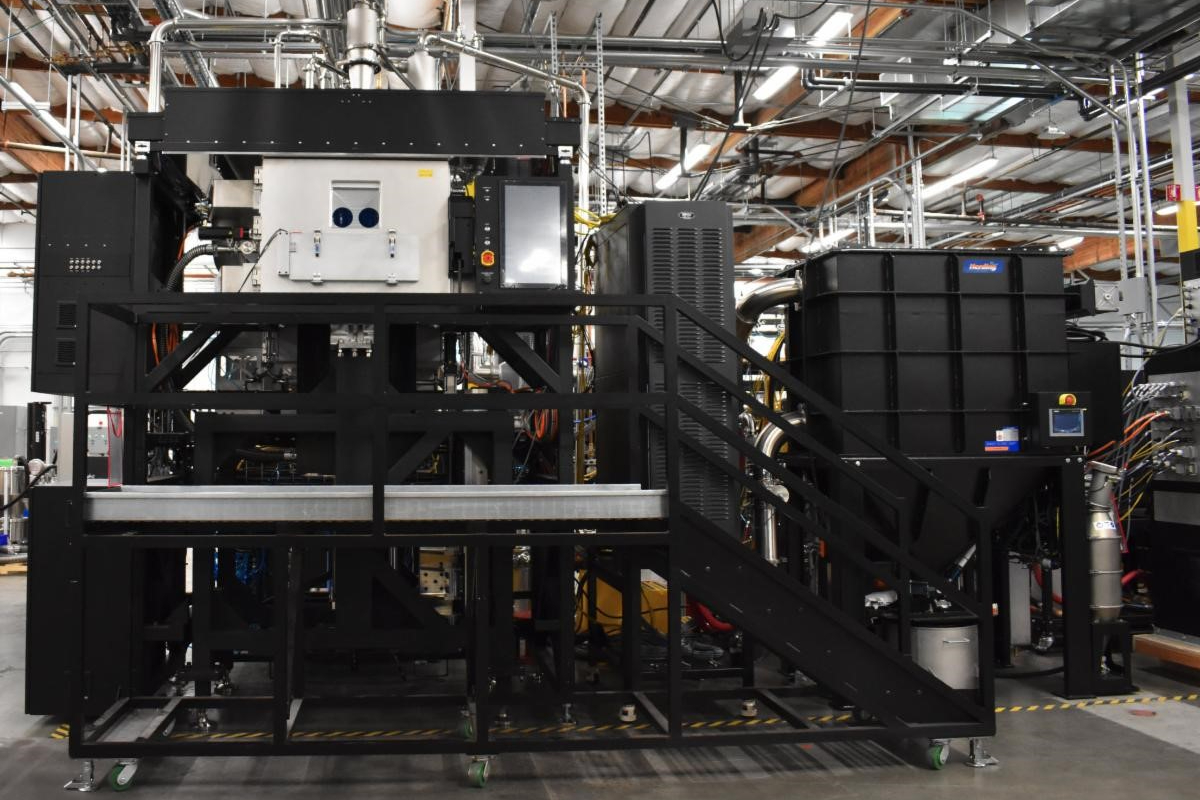
US Tariffs and China’s Retaliatory Measures Lead to a Major Sell-Off in Base Metals
Base metals on the London Metal Exchange (LME) saw a significant decline on April 5, 2025, as global trade tensions escalated. The new US tariffs and China’s retaliatory actions sparked concerns about a potential trade war, which could impact global economic growth. This turmoil caused metal prices to fall sharply and also affected global equities, oil prices, and other commodities.
Market Reactions to Trade Tensions
The LME base metals complex dropped as fears of a global economic slowdown increased. While the metals themselves were not directly impacted by the tariffs, the broader market feared the effects on industries relying on these metals. As tensions rose, investors moved to safe-haven assets like government bonds and gold, which saw an increase in value, while riskier assets, including base metals, continued to decline.
China’s Retaliation Adds to the Uncertainty
China responded to the new US tariffs on April 10, 2025, by imposing a 34% reciprocal tariff on all US imports. The country also placed restrictions on rare earth exports and launched an investigation into DuPont’s Chinese subsidiary. These actions raised fears of further escalating tensions between the US and China, the world’s two largest economies.
Sharp Declines in Key Base Metals
The market turmoil led to significant losses in key base metals. Copper prices dropped 5.74% on the LME, reaching $8,900 per metric tonne, the lowest in three months. On Comex, copper fell 8.83%, hitting $4.402 per pound. Nickel, aluminum, zinc, lead, and tin also suffered major losses. LME nickel dropped 3.56%, aluminum fell 2.84%, and zinc lost 2.84%. These declines were driven by concerns about reduced demand for industrial metals, which are crucial for global manufacturing.
US Dollar Index and Broader Market Instability
Along with the drop in metal prices, the US dollar index weakened to 102.020, signaling broader market instability. Despite a strong US employment report, the dollar remained near a six-month low, adding to market volatility. The weaker dollar compounded the uncertainty in the commodities market, pushing investors to seek stability in other assets.
Global Equities and Oil Prices Feel the Pressure
The downturn in metal prices was mirrored in global equities. The S&P 500 lost nearly 5% by midday, marking its lowest point since last May. Stock markets in Japan, South Korea, and Europe were also affected, with Japan’s Topix index dropping 4.5%, and the Stoxx Europe 600 index falling 5.1%. Oil prices were hit hard as well, with Brent crude dropping 6.8% to $69.86 per barrel, and WTI falling 7.9% to $61.66 per barrel. The sharp decline in oil prices worsened concerns about an economic slowdown, increasing global market volatility.











Leave a Reply
You must be logged in to post a comment.